Champagne is still the drink we choose when celebrating a special occasion, whether it is a milestone birthday, getting hitched, the birth of a child, winning the division one play-offs. It is a luxury product, but when you know the difficulties the wine growers have to overcome in the vineyard cycle then you realise why.
The Champagne region lies in northern France, 80 miles north-east of Paris, just below the ideal latitude for growing vines. It has warm summers but often bitterly cold winters which make it difficult for the grapes in some years to ripen. This climate is called `marginal`. The soils in the region are low in nutrients and largely chalky. The three grape varieties grown to make Champagne are Pinot Noir, Pinot Meunier and Chardonnay. It is believed that it is the combination of the soil, which is not found in any other wine growing region in the world, the grapes, the marginal climate and the method of production that makes Champagne so unique.
All sparkling wine starts life as still wine and has the sparkle added later. When making Champagne the process is known as `The Champagne Method ` where a secondary fermentation takes place in the bottle. The first stage is known as the `assemblage` where the still wines are blended together to produce a consistent cuvee from year to year. Each Champagne house has its own particular style and this does not vary. A mixture of cane sugar syrup and yeast called `liqueur de triage` is added to the wine which is bottled and closed with a crown cap lined with plastic. The wine is then placed on its side (Sur Lattes) in a cool dark cellar. The secondary fermentation then takes place over a long period at a low temperature. Once complete the wine is left to mature for a minimum of 15 months up to three years for vintage. The bottles are then placed in specially designed racks called pupitres with the neck slightly downwards to move the sediment which has now formed to the neck. They are then turned and the tilt of the bottle gradually increased, this is known as remuage or riddling. The lees now collected in the neck of the bottle now have to be removed. The neck is passed through a freezing solution which forms a small plug of ice. On removal of the crown cap the block of ice is forced out by the pressure from the gas, this is done by hand not machine. This process is called `dégorgement`. The final stage of the `Champagne Method` is the dosage: before final corking the wine is topped up with some wine and cane sugar. This dosage varies depending on the degree of sweetness required for the house`s champagne style. We`ve chosen two different styles for you to try this weekend which we feel offer great value and quality.
Pol Roger Reserve Brut NV £42.99
Famously the favourite champagne of Winston Churchill, Pol Roger has produced consistently high quality wine for over 150 years. The champagne house is still run by the descendents of the original man Pol Roger himself, and maintains their prestige as purveyors of champagne to Queen Elizabeth. It was even the choice of tipple at Will and Kate’s royal wedding.
But if name-dropping doesn’t do it for you, the champagne quality speaks for itself. The four miles of Pol Roger cellars are a chilly 33 metres underground, keeping the wine at cool temperatures to allow that signature super-fine mousse to develop. A complex palate of toasty walnuts, buttery, creamy textures and hints of pear and apples, this is an excellent value bottle for any occasion.”In victory, deserve it. In defeat, need it!”(Churchill).
Ruinart Brut NV £43.99
Now owned by Moet Hennessy, Ruinart has been producing champagne since 1729, making it the oldest champagne house. Founded by Dom Ruinart, whose uncle was a close friend of the eponymous Dom Perignon of “I’m drinking the stars” fame, it is now a historic monument, and the house maintains links with the arts and international festivals.
This reserve champagne is 40% Chardonnay and 60% Pinot Noir, aged on the lees for three years. Ruinart Brut is elegant and fresh, delicate notes of acacia, greengages and white fruit, this is a harmonious and sophisticated bottle.
We host monthly wine tastings, wine and song evenings and ‘Meet the Winemaker’ events. For more information call 01383 731475 or check out:
Find us on Facebook: WineStoRe-Dunfermline and Twitter: @ WineStoReDunf

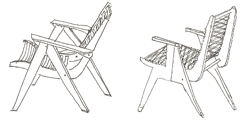
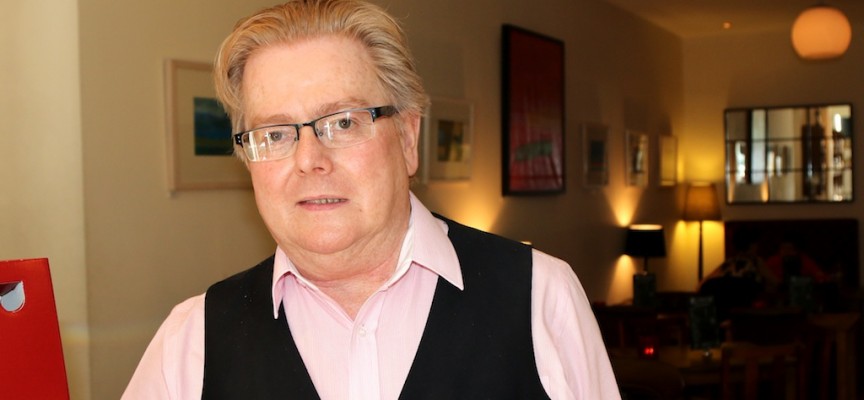
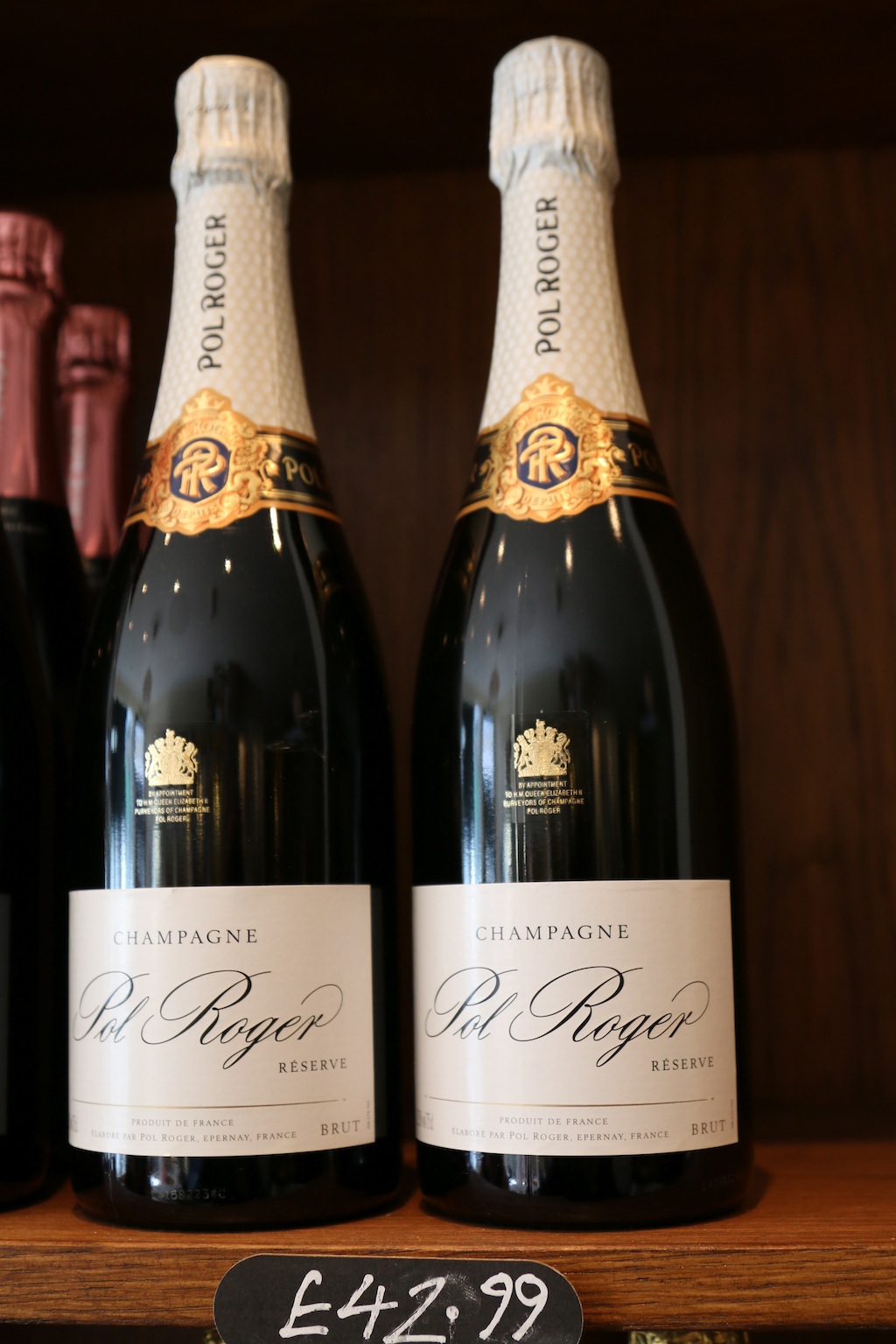
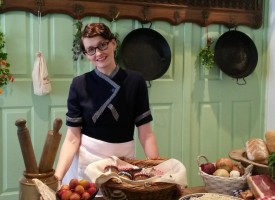
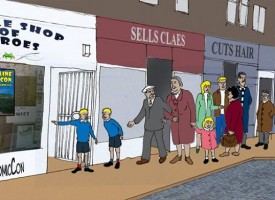
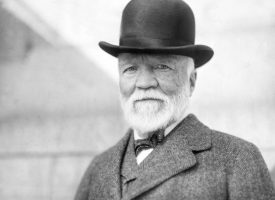
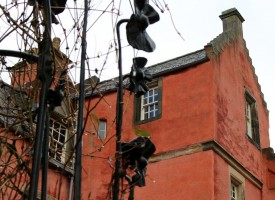
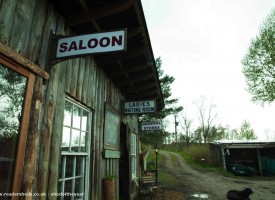
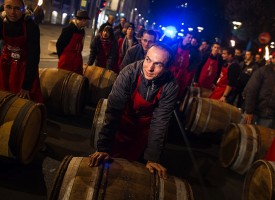
No comments!
There are no comments yet, but you can be first to comment this article.